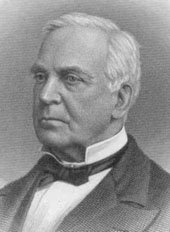
Past Presidents

Thomas Jefferson Sawyer
St. Lawrence was the brainchild of Sawyer, an influential Universalist minister from Massachusetts who is also credited with founding Tufts College. He was the first leader of the institution and, as the chief fund-raiser and a principal donor, was named president of the corporation, a title that was later changed to chairman (now chair) of the Board of Trustees.
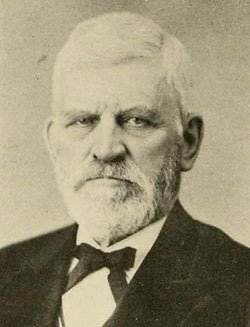
John Stebbins Lee (1859-1868)
Considered by some the first president of St. Lawrence, Lee served as the head of the College of Letters and Science and stayed on as a professor of church history until his death in 1902. His title was in fact Principal of the Preparatory Department, an essentially “remedial” program that gave students the academic tools to go on to Theological School study. He was the author of “Nature and Art in the Old World) and “Sacred Critics.”
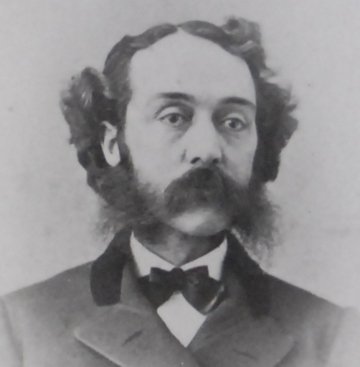
Richmond Fisk (1868-1872)
Fisk initiated Tree Holiday, a day off from classes for students and faculty in an effort to plant trees on the barren, windy hill upon which the single-building college sat. This continues as Moving-Up Day, a late-April ceremony recognizing student and community leadership and achievement. He also started an ill-fated law program.
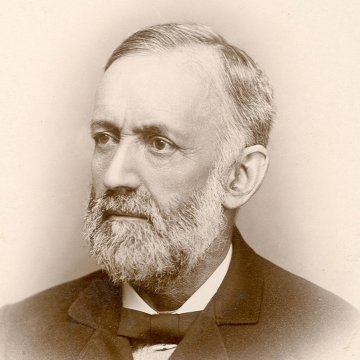
Abaslom Graves Gaines (1872-1888)
One of the longest-serving presidents, Graves taught numerous courses during which he expounded against evolution. He took his dog to class, where, Gaines said, “He behaves like a well-bred gentleman.” President Gaines is credited, in the formative years of the college, with making it "efficient, and worthy, to win for it loyal support, to establish its standards, to build it up for a sound tradition." A spike in enrollment occurred during his tenure.
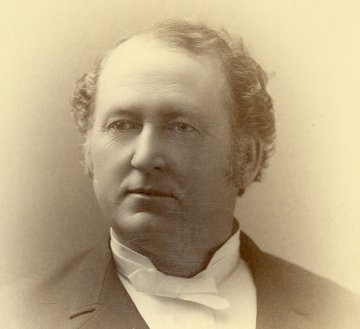
Alpheus Baker Hervey (1888-1894)
Hervey, who reportedly spent much of his time peering through a telescope he had mounted in Herring Library, established the University’s first endowment. Under his tenure, there was a significant advance in the number of students from outside the North Country. He also oversaw an expansion in the number of elective courses available.
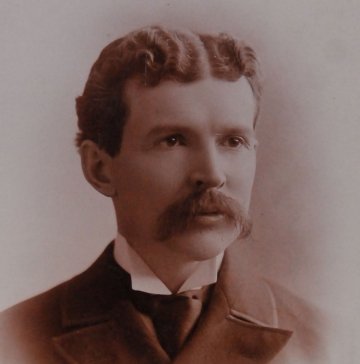
John Clarence Lee (1896-1899)
The son of John Stebbins Lee, he introduced such innovations as honors seminars. He also persuaded the students to form a football team, but thanks to the lack of competition it did not catch on. President Lee also built the college's first gymnasium.
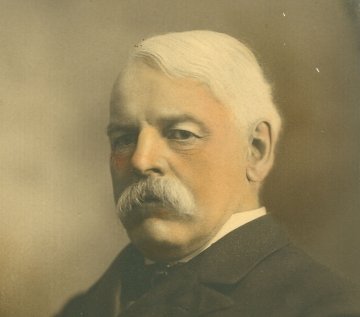
Almon Gunnison (1899-1914)
Gunnison was the first to preside over both the Theological School and the College of Letters and Sciences after their respective administrations merged at the start of his tenure. He was also the first president who didn’t also have teaching duties. His was a tenure of much vitality, with new buildings erected, much travel across the country to visit alumni, strong fundraising, and the integration of Brooklyn Law School as an asset of the University. The State School of Agriculture, which would become SUNY Canton, was also founded during his tenure and included the construction of what became Piskor Hall, as well as Payson and Memorial Hall between 1909 and 1911. Carnegie Hall and the Cole Reading Room were constructed during his presidency. Gunnison Chapel was built and named in his honor in 1926.
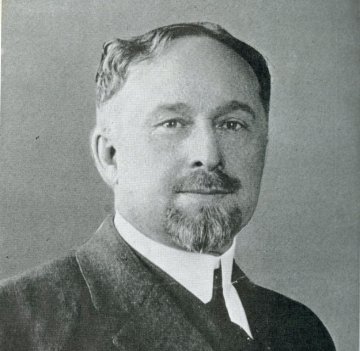
Frank Gallup (1916-1918)
Gallup was the shortest-serving president, whose tenure included difficult times brought on by World War I. He was the first president to use a telephone for work purposes.
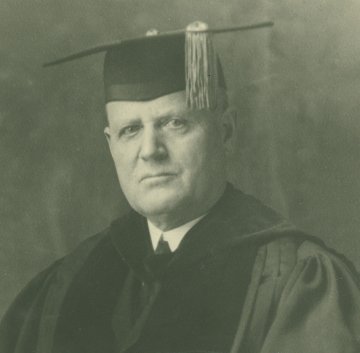
Richard Eddy Sykes (1919-1935)
Another one of the longest-tenured presidents, Richard Eddy Sykes Sykes grew up on a farm near Canton, and as his first job at St. Lawrence tended the woodstoves in Richardson Hall when he was 9-years-old. He graduated from St. Lawrence in 1883 and was awarded an honorary doctorate in 1906. President Sykes, in partnership with Chairman of the Board Owen D. Young, led a transformational period for the University. When he assumed the presidency, college property was worth $500,000; at his retirement, it had grown to $2.5 million. Sykes Hall was built and named in his honor in 1931.
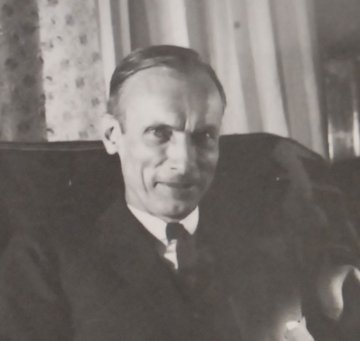
Laurens Hickok Seelye (1935-1940)
Seelye introduced an innovative, interdisciplinary first-year seminar focused on world issues and communication skills during his brief stint as president. It was the ancestor of today’s First-Year Program. He left his position at the outset of World War II in Europe.

Millard H. Jencks (1940-1944)
Another relatively short-term president, Jencks is the only St. Lawrence president to die while in office. He died from an illness contracted during an educational evaluation trip to Puerto Rico. Dean Harold E.B. Speight served as interim president after Jencks’s. A 1905 St. Lawrence graduate, Jencks presided over a Navy training program on campus.
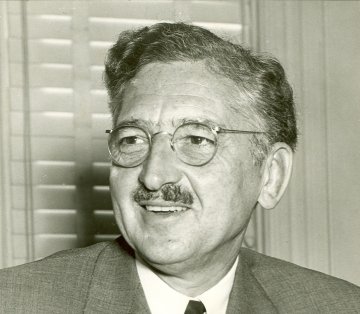
Eugene Bewkes (1945-1963)
St. Lawrence’s longest-serving president, Bewkes oversaw the period of post-World War II expansion, not only in enrollment but also in the physical plant and in the curriculum. The co-author of a widely-used freshman textbook on Western philosophy, he was also actively involved in numerous community and regional affairs such as the development of the St. Lawrence Seaway. His name is honored in one of the University’s science buildings.
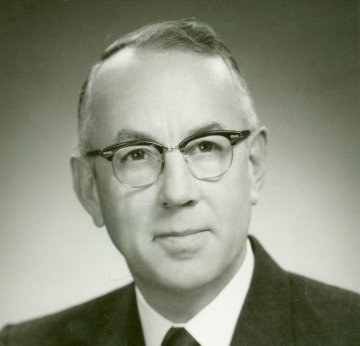
Foster S. Brown (1963-1969)
A 1930 graduate of St. Lawrence, Brown built stronger ties between “town” and “gown.” Brown Hall memorializes him.
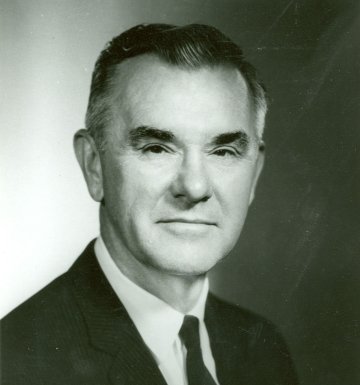
Frank P. Piskor (1969-1981)
Piskor further strengthened the relationship between the University and the local community while carefully modulating tensions between the two brought on by such controversies as the Vietnam War. A scholar of wide interests, he was a political scientist who loved literature and was a personal friend of Robert Frost, whose wife was a St. Lawrence alumna. He and his wife, Anne, remained in Canton upon his retirement, becoming involved in a host of civic projects and philanthropies.
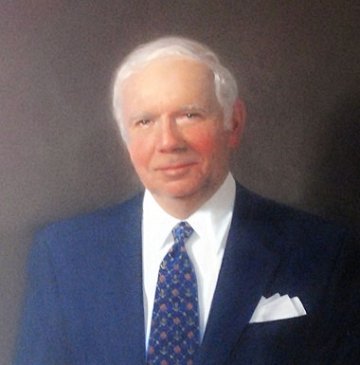
W. Lawrence “Lawry” Gulick (1981-1987)
Gulick oversaw a flowering of the arts on campus, bringing to St. Lawrence such groups as the esteemed Alexander String Quartet for annual residencies. He was as comfortable narrating Copeland’s Lincoln Portrait in a tuxedo with the Albany Symphony Orchestra in the theatre that would later be named in his and his wife’s honor as he was wearing lederhosen and playing his accordion in Canton’s senior citizens’ home.
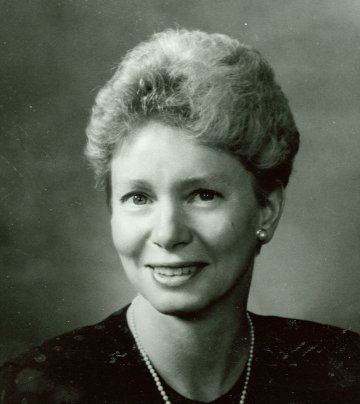
Patti McGill Peterson (1987-1996)
The first woman to lead St. Lawrence, McGill Peterson was a strong advocate of international education, environmental responsibility, and the application of technology in teaching. Study programs in Costa Rica and India were added during her tenure, and Launders Science Library and Computing Center was constructed. Because of her leadership in moving the university toward greater substance and commitment to pluralism, international education, and curricular innovation, St. Lawrence named the Center for International and Intercultural Studies in President Peterson's honor.
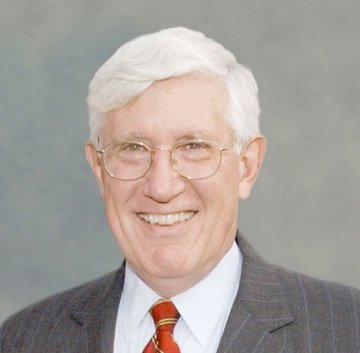
Daniel F. Sullivan (1996-2009)
Daniel F. Sullivan ’65 began his duties on July 1, 1996, and retired on June 30, 2009.
Under President Sullivan’s leadership, St. Lawrence launched several major initiatives in academic programs, including expansion of the faculty and the addition of new major fields and international study programs; in regional economic development and community relations; and in facilities renovation, expansion and construction.
New or renovated buildings on campus during his presidency included Newell Field House and Stafford Fitness Center; the Student Center; Brewer Bookstore; Steiner Student Residences (townhouses for qualified seniors); Dana Dining Center; Newell Center for Arts Technology; and Johnson Hall of Science, the largest single construction project in St. Lawrence’s history.
President Sullivan was a founding member of Project Kaleidoscope, a foundation-funded partnership of liberal arts college presidents, deans, and faculty devoted to the reform and improvement of undergraduate science and mathematics education. He was (2008) chair of the American Association of Colleges and Universities Board of Trustees.
A 1965 mathematics graduate of St. Lawrence, Sullivan played three sports and was elected to the academic honorary Phi Beta Kappa. He received a Ph.D. in sociology from Columbia University, where he was an Edward John Noble Fellow and a National Science Foundation Graduate Fellow. While at Columbia, he also served as an instructor in sociology and a research associate at Barnard College. Prior to returning to St. Lawrence, Sullivan was president of Allegheny College, in Meadville, Pa. 1986 to 1996. From 1971 to 1986, he was at Carleton College in Northfield, Minn., in a variety of positions, including assistant professor of sociology (1971-79), dean of academic development and planning (1979-81), and vice president for planning and development, secretary of the college and associate professor of sociology (1981-86).
President Sullivan furthered St. Lawrence’s ties with Canton by spearheading the Canton Initiative. The Board of Trustees committed $2 million to the Initiative, to co-invest and allow the University to act as a catalyst in the enhancement and beautification of the community.
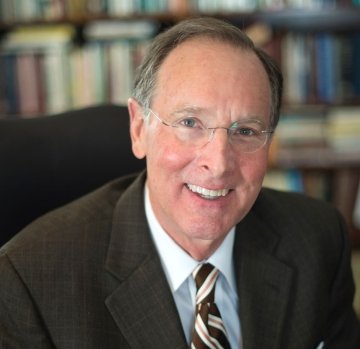
William L. Fox (2009-2021)
President Fox led the university through two of the most challenging events in the history of American higher education—the global recession of 2009 and the COVID pandemic of 2020. During his tenure, innovation prevailed. The University implemented an enhanced curriculum that included the development of St. Lawrence’s popular business in the liberal arts major, an environmental literacy requirement, and new programs in statistics, finance, public health, digital media, and data science.
Fox prioritized creating a more inclusive campus by establishing the Presidential Diversity Commission and hiring the University’s first Associate Dean for Diversity. Off-campus study programs expanded during his tenure to include thirty programs in more than twenty countries, including semesters in New York City and a nearby experimental farm.
Under his leadership, the St. Lawrence campus added facilities and renovated historical spaces that touched residential life, academics, athletics, and the arts. These numerous efforts included Kirk Douglas Hall, Appleton Arena, Herring-Cole, the restoration of the Gunnison Memorial Chapel, the Fox Center for Academic Opportunity, the Richard F. Brush ’52 University Quad, and the Class of 1975 Promenade, among others. He also led the University to a record fundraising result as the Campaign for Every Laurentian exceeded its goal and raised more than $230 million for critical academic initiatives and endowments.
The Council for Independent Colleges elected Fox to its Board of Trustees; he chaired the committee that launched a multi-year national effort to promote liberal arts education. He served as a team accreditation leader for the Middle States Commission on Higher Education. He was also appointed to the board of the Commission on Independent Colleges and Universities of New York.
Fox received the Master of Divinity degree from Harvard University and his PhD in American religious history from George Washington University. Spanning two decades, as an ordained minister in the Unitarian-Universalist Association and the United Church of Christ, he led congregations in Boston, Washington, and Pomona, California. In his academic career, Fox was special assistant to the president at Goucher College (Maryland). From there, he served six years as president of Culver-Stockton College (Missouri) before coming to St. Lawrence. Prior to his career in academic administration, he taught history at Claremont Theological School (California), Montgomery College (Maryland), and Howard University (Washington, DC).
Kathryn A. Morris (2021-present)
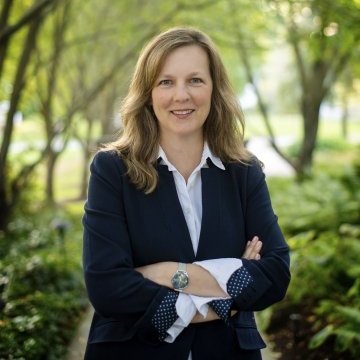
On July 1, 2021, Kathryn A. Morris became the 19th president of St. Lawrence University. President Morris has dedicated her life to higher education and chose to become a professor because she understood the impact of teaching and mentoring on students’ lives. She arrived at St. Lawrence following a distinguished career at Butler University, where she had most recently served as the Provost and Vice President for Academic Affairs for eight years. Prior to her time as provost, President Morris served as a professor of psychology and was chair of that department at Butler. Her areas of expertise include social psychology, the psychology of gender, methodology, and statistics.
